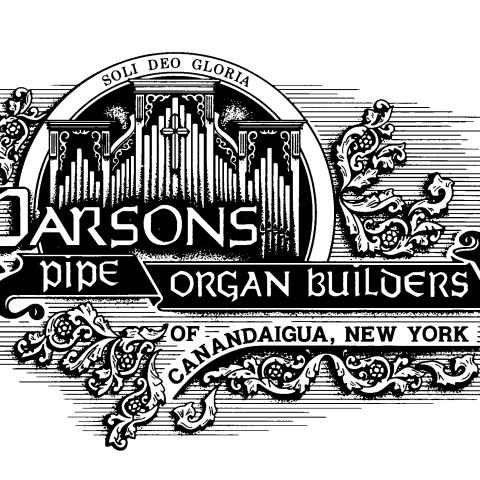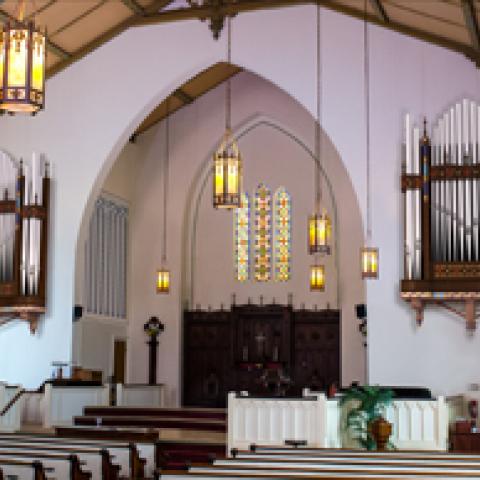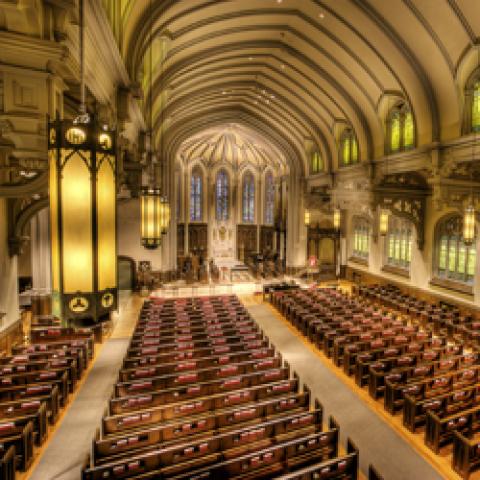
Parsons Pipe Organ Builders will host an open house on Sunday, March 2, from 1 to 5 pm at their workshop in Bristol Center, New York. The open house will feature the three-manual and pedal, 26-rank electro-mechanical action pipe organ for St. John of Rochester, Fairport, New York.
The instrument was originally located in Altoona, Pennsylvania, and was redesigned for the newly renovated space at of St. John of Rochester. The casework was redesigned, the structure is new, the winding system is new with a wedge bellows, a new IOTI solid-state control system; all pipework is completely revoiced.
Guests are invited, and encouraged, to bring music to play the instrument.
Parsons Pipe Organ Builders
4820 Bristol Valley Road
Route 64 South, Bristol Center
Canandaigua, NY 14424





